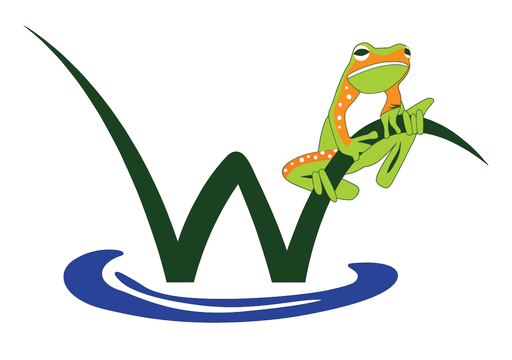Aboriginal Heritage
We are infinitely fortunate to also share a part of our heritage with the original custodians of the land – the Aboriginal people of the Beeliar group (whose country extended south from the Swan and Canning Rivers). As one of the first groups to suffer from the incursion of the European settlement, they were also the first to be scattered and dislodged.
Bibra Lake and North Lake, known as Walliabup and Coolbellup respectively, have been recognised as areas of Aboriginal heritage. The mythology of the ‘Waugal’ – the rainbow serpent, and dreamtime tales of the ‘Spirit Children’ have long been associated with this beautiful land.
The area between North Lake and Bibra Lake has been identified as the most significant Aboriginal heritage site south of the Swan River with archaeological findings dating the site to be over 5000 years old. Numerous Aboriginal campsites have been documented adjacent to the lakes. And, Aboriginal people share strong links with the area.
European Settlement
Around the 1800s the European settlement was taking effect. This impacted the local Aboriginal population that receded drastically. Soon traditional lands became land grants to new settlers.
In 1830 George Robb received 2000 acres of land through a land grant. His area stretched from Cockburn Road up to North Lake. Alongside Robb’s land, Benedict von Bibra was granted 320 acres in what is now a part of the suburb of Bibra Lake.
Little was known about the lake’s existence by European settlers before A. C. Gregory who chanced upon it while conducting a survey of George Robb’s land in May 1842. Gregory noted the Aboriginal name of the lake as “Walubup”. A year later, in the summer of 1843, Benedict von Bibra conducted a survey of his own land that lay towards the southern shore.
As he surveyed, he noticed that there was a feature – a wide depression at the edge of his land. He assessed from the stringybark trees that this basin would transform into a lake during winter months and that rainwater would fill it to a depth of seven to eight feet. He was right of course, and this account gives us the historical verification that Bibra Lake has been a seasonal wetland for at least a hundred years.
He used the Aboriginal name “Walliabup” ('up' means place) for the lake and this version was used extensively for more than half a century. Von Bibra's association with “Walliabup” was fondly recalled by locals who referred to the feature as “Bibra's Lake” or "Bibra Lake".
More Recently
Later owners used the fertile areas adjacent to the lake for market gardening and dairy herding. Joseph Meller took up 100 acres of land during 1887 and established market gardens and vineyards. The original mud and brick home he built on Hope Road remains and has been converted to a family home!
The popularity of Bibra Lake for picnics and parties resulted in its reservation for recreational purposes as early as 1898 and tearooms were developed on the western foreshore. The area suffered during the economic depression of the 1930s due to lack of electricity, inadequate roads and the great distance to the markets. Despite these hardships, the suburb continued to develop into a vibrant community and approval for residential development was granted during 1977.
Today, Bibra Lake is the centrepiece of the Beeliar Regional Park. It is a well-known tourist attraction offering a variety of choices including picnic areas, BBQ’s, a major regional playground, an amusement park, Adventure World, and an 8 km cycle/walking path through the conservation reserves. It is an important conservation category wetland where nature and wildlife coexist in the midst of a rapidly developing urban landscape.
